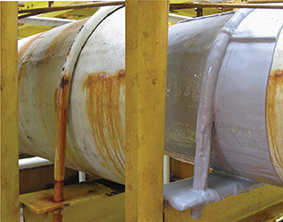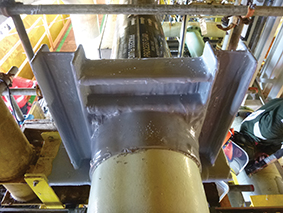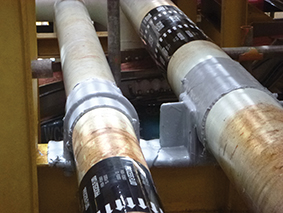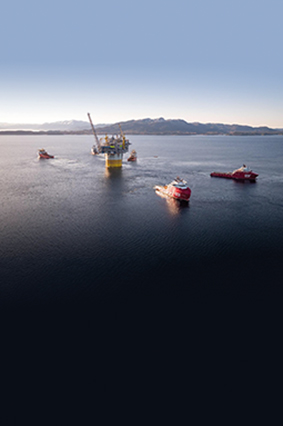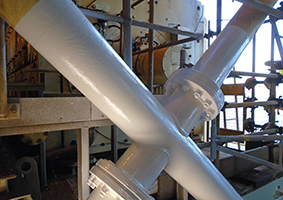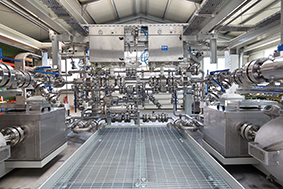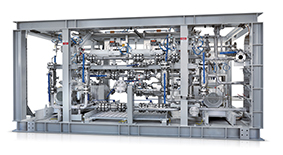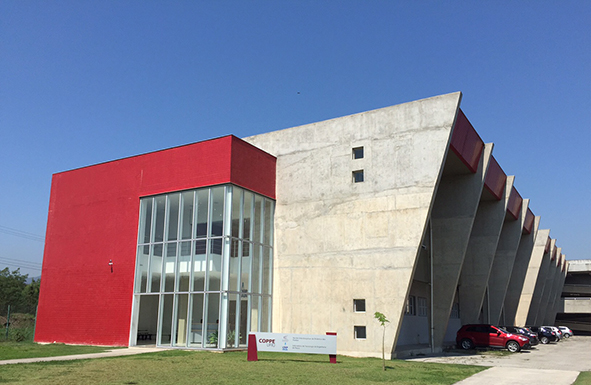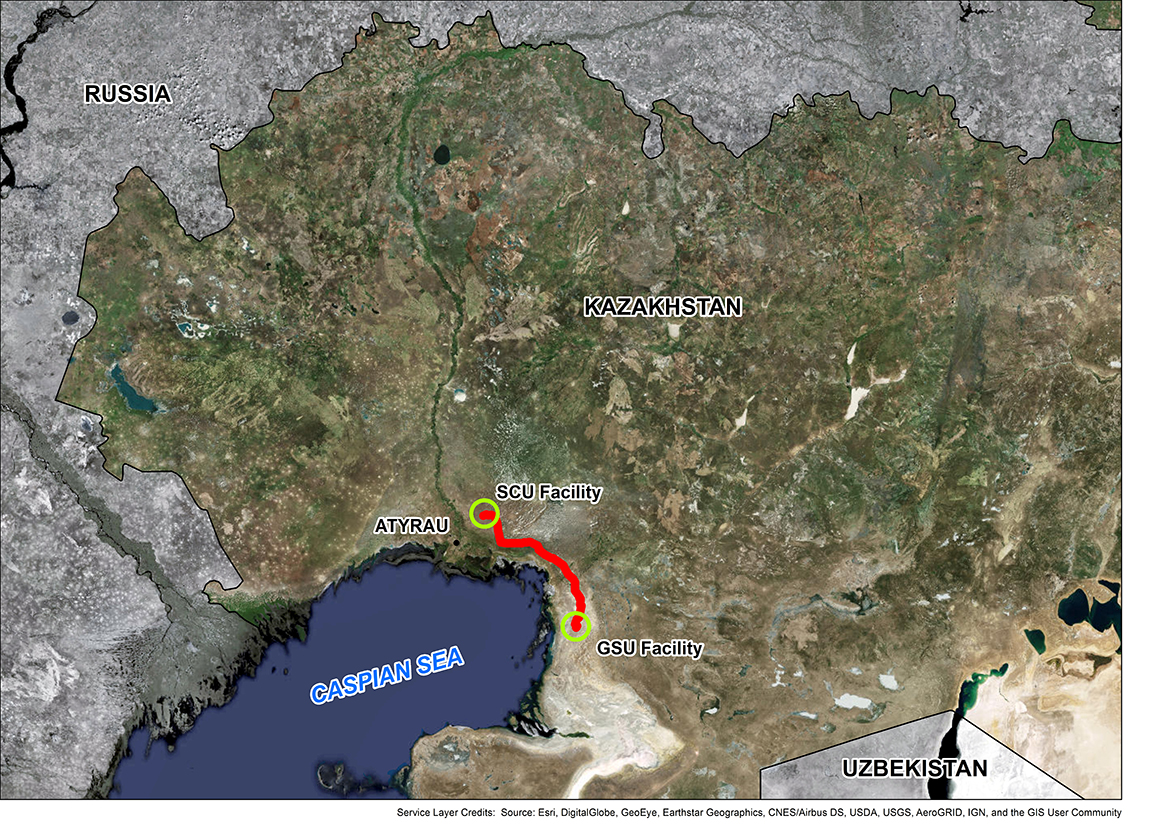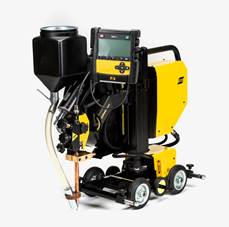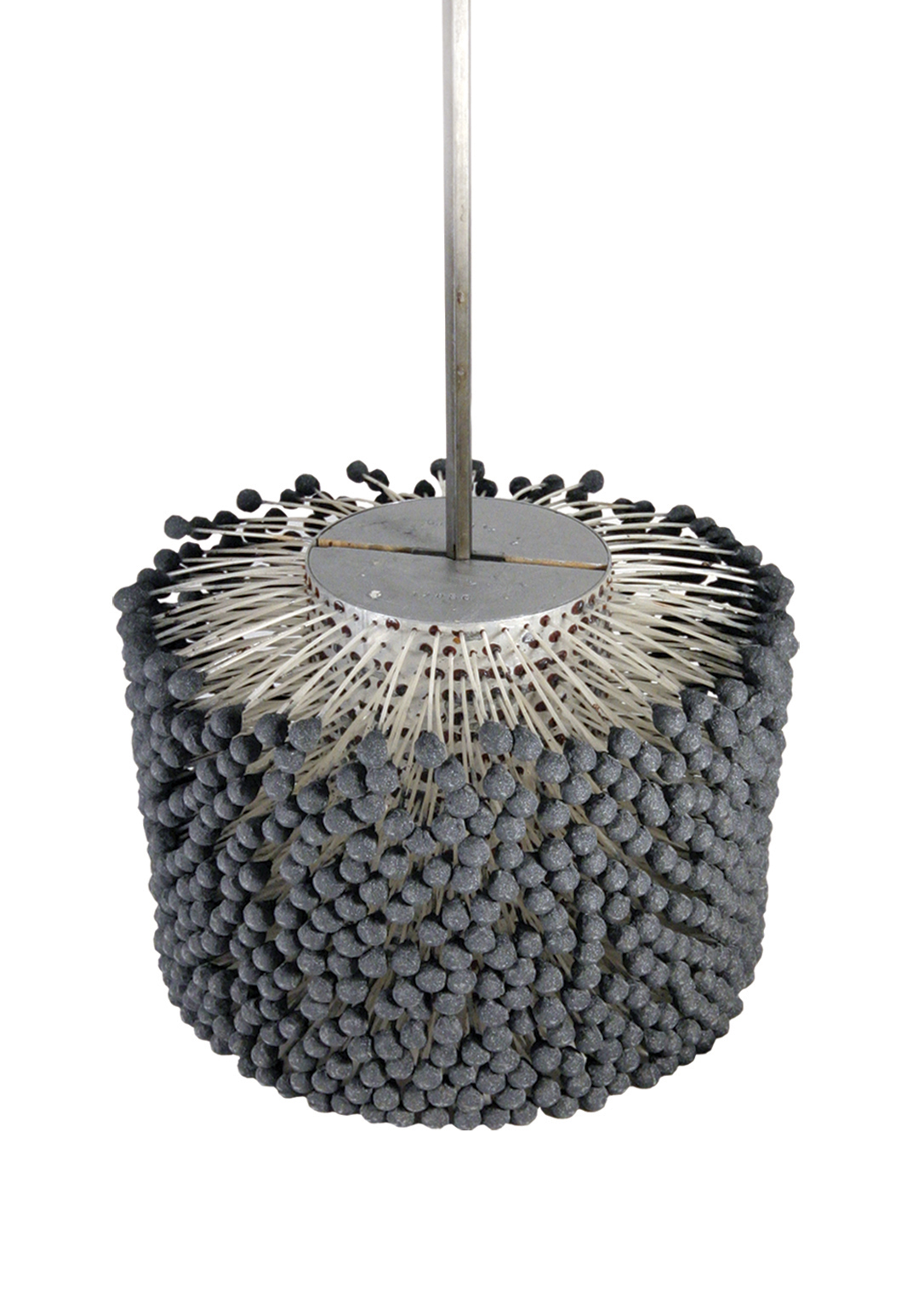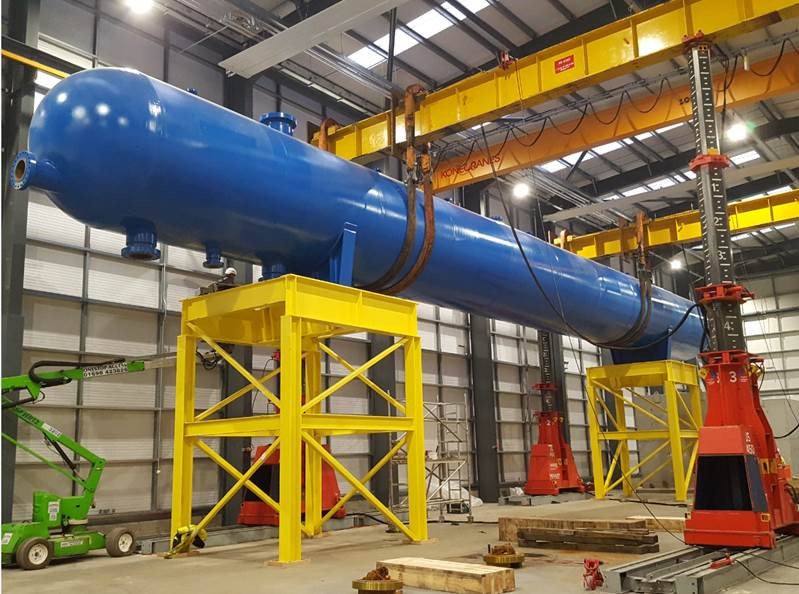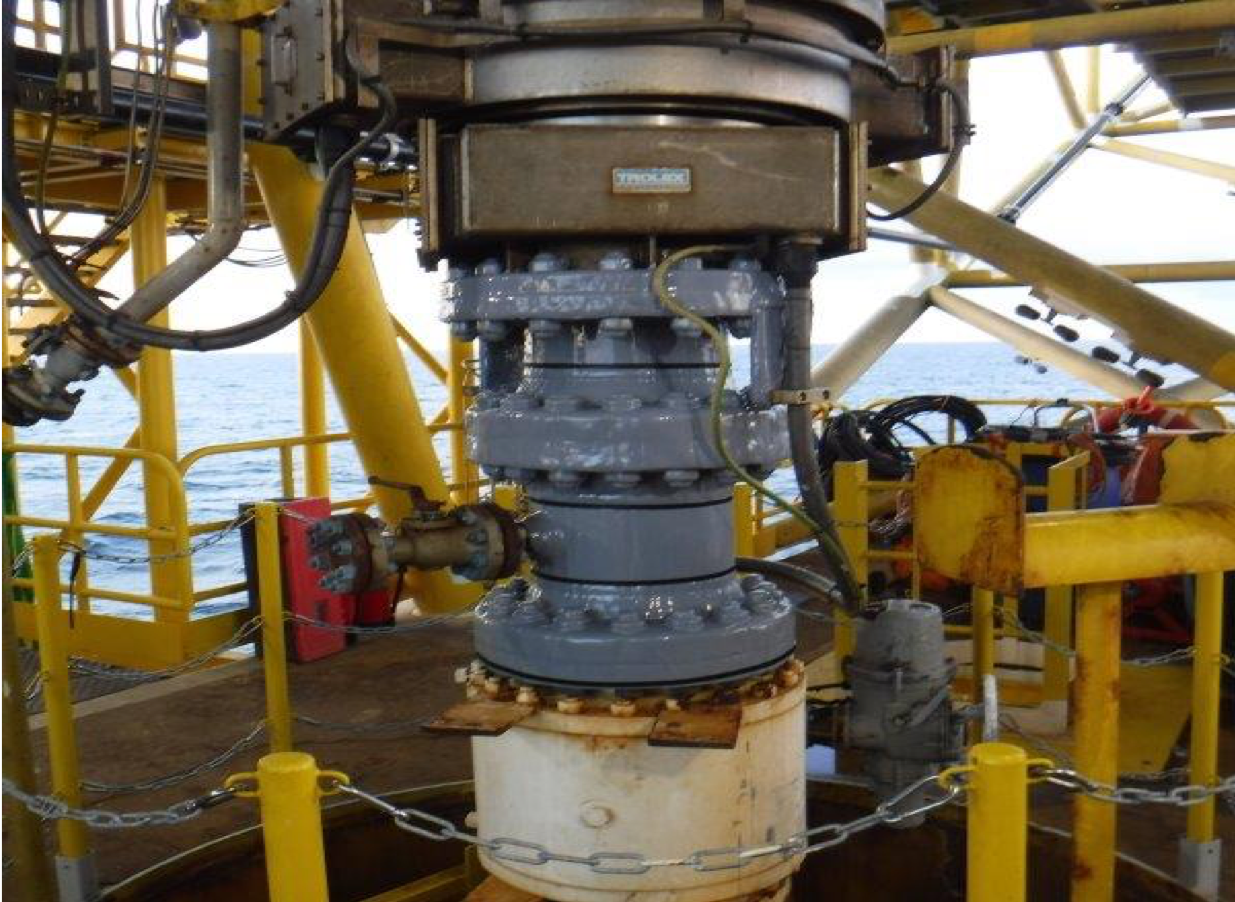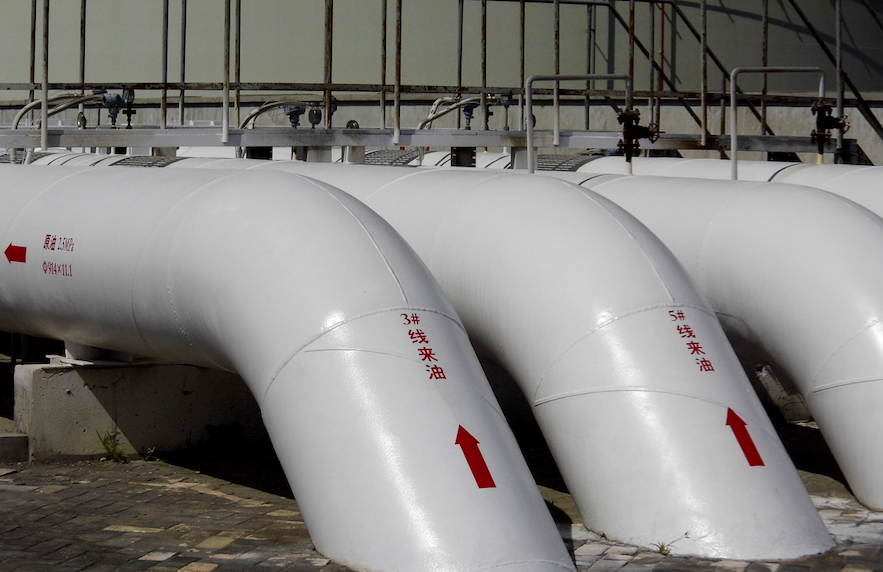Ed Hall reveals how a novel solution is helping in the fight against corrosion
Corrosion is one of the biggest unforseen costs that oil & gas operators face and it is cited as one of the major issues for pipeline failure in oil & gas and chemical process plants. The Worldwide Corrosion Authority, NACE, estimates the cost of corrosion is more than US$2.5 trillion, which is roughly 3.4% of the world’s gross domestic product (GDP).
Predominantly influenced by the surrounding environment, corrosion can form quickly and un-noticed around the connection of a pipe, metal contact points, within the crevices of bolt heads and nuts, in steel to concrete interfaces or between a flange face and valve fitting.
Without routine maintenance corrosion can lead to serious safety risks and environmental hazards, such as leaks, which incur significant penalties. Within the pipeline, failure to identify and resolve corrosion will ultimately lead to a failure to operate.
The costs to shutdown a pipeline due to corrosion would be considerable in both material, labour and downtime. Simply cutting away corroded bolts is a task that can add two to three days to maintenance. In these situations a preventative approach is best adopted ideally before signs of degradation occur, but at least when corrosion is in early stages and equipment is still fully operable.
Pipe support corrosion protection and integrity maintenance solutions - Some examples from the field
It is well documented that pipe supports are the second biggest issue of corrosion on external piping after corrosion under insulation (CUI) in a wide range of industrial plants and offshore topside process piping. The primary location for corrosion is at the 6 o’clock position where it is difficult to identify without close visual inspection or through the use of costly inspection equipment. It is not always safe and will often require detailed analysis prior to lifting for inspection purposes due to the design of some clamps and supports that could result in a risk of damage and or product release, resulting in safety issues.
50-60% of all pipe corrosion leaks are caused by contact point corrosion as found with corrosion under pipe supports (CUPS).
What is a pipe support?
A pipe support is usually made out of steel, providing a framework of a certain distance from the ground to support and distribute the weight of suspended pipes. They typically comprise of structural steel such as I-beam, angle and channel section. These pipes are normally secured to the member using u-bolts. Also found in such facilities are either half or full saddle clamps, and welded supports/guides which allow movement of the pipe within the support, but they also invite corrosion. These pipes can be carrying a variety of substances; water, gas, oil, chemicals, petrol, saltwater – anything that travels through a pipe.
The environment is typically aggressive from a corrosion standpoint, with exposure to water, chemicals, salt, humidity and abrasion often present. Due to the shape and contours of the pipe support, these corrosion accelerants are easily trapped between the pipe and the support, allowing corrosion to develop. Since they are so difficult to visually inspect it is often too late to identify when the crevice corrosion has begun.
Many common solutions used to eliminate this problem can actually aggravate the situation as they still allow for the accelerants to sit against the live pipework. Liners and rubber pads, fibreglass pads to name a few have all failed, as they do not eliminate the water and corrosion continues.
Many solutions that are available in the marketplace require a shutdown to install the solution and even then only when they are replacing pipework, such as the use of half round plastic rods which minimise the contact point of metal to metal. In a best-case scenario these solutions are fitted at the outset of pipe installation.
Even during a shutdown, if the operator is not intending to replace the pipework, they are reluctant to remove u-bolts/hangers/clamps, and lift the pipe to install these, as they do not want to risk the possibility of damage to the pipework.
The ultimate solution
Oxifree has developed an innovative coating encapsulation, TM198. This thermoplastic coating is organic and provides a protection solution that halts, mitigates and eliminates (further) corrosion to pipe supports and other complex structure interfaces.
The coating is melted down from a solid resin (in the supply unit) and applied using a heated hose and gun to fit the contours of any complex component. A key feature of the TM198 encapsulation system is the non-adherence to the substrate, along with self-lubricating properties, which allows any pipework that needs to move within the clamp to also move within the TM198. This makes it suitable for a wide range of piping where pipes expand and contract or subject to vibration, even on FPSOs. Indeed, the coating is now being used globally to halt the issue of CUPS for oil and gas majors.
Whereas other solutions require a shutdown and take time to install, the Oxifree coating can be applied to live pipework and provides protection immediately, as it cools on impact, saving considerable downtime cost, and no disruption to production. This makes it complementary to (applied alongside and/or over) other protective solutions.
Once the pipe, saddle and clamp are encapsulated, the surface within is protected from moisture and oxygen protecting it from further degradation.
This novel solution is only applied once and will provide many years of protection in the harshest of environments. Should inspection be required this can be done through the coating with the use of NDT/ANDT inspection techniques (such as UT) or a small area cut away from the coating for visual inspection and can simply be refilled/resealed.
The oil & gas industry is still facing the challenge to reduce unnecessary expenditure and make critical savings to maintenance, while increasing safety and reducing ecological impact. Extending asset lifespan without operational shutdown is the fundamental way forward. Creating a culture of prevention with new technologies will be the ultimate solution.
